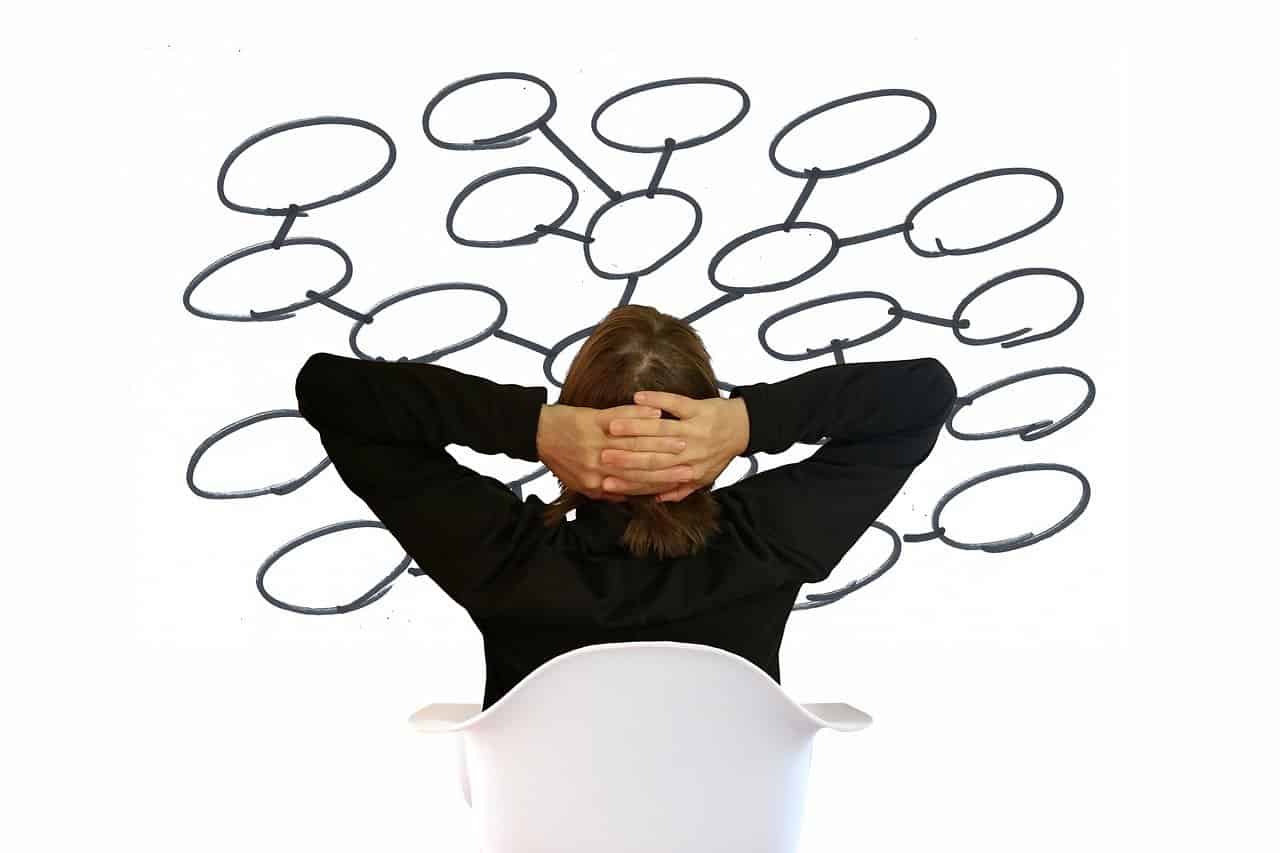IMPORTANT ADVICE: there aren’t any affiliate marketing links, and I don’t receive anything at all from companies or people I mention in this article.
I love mind maps.
As Luciano says in his site Litemind:
“A mind map is a graphical way to represent ideas and concepts.
It is a visual thinking tool that helps structuring information, helping you to better analyze, comprehend, synthesize, recall, and generate new ideas.
Just as in every great idea, its power lies in its simplicity.”
And I love simplicity and pragmatism.
Concept
What I like most about mind mapping is that it works exactly how our brains do.
I always say that our brains are kind of anarchists, full of interconnected ideas that sometimes come out in a very messy way.
We have to take advantage of that chaos because that’s where the genius lies.
If we try to put any barriers, frontiers, or limitations, our creativity fades out.
I do believe mind mapping should be taught at schools, such as so many skills we ignore but are fundamental for life: personal finances, for example.
As human beings, communication skills make us different from animals, and that’s why we should work hard knowing and learning techniques, procedures, tools, and whatever else.
Mind mapping will allow you to communicate your ideas clearer, making it easier for your messages to be understood.
References
I had my first contact with mind mapping thanks to Anthony Metivier. He’s a guru talking about memory techniques, and he introduced me to this amazing tool.
Since then, I didn’t stop testing, using, and improving this tool in my whole life.
If you want to navigate deep inside the mind mapping world, here you can find a very interesting TED Talk, in which Ph. D. Hazel Wagner introduces the concept in just 15 minutes.
If you want to go even deeper, a clear worldwide reference when talking about mind mapping is Tony Buzan. Buzan can be considered mind mapping’s technique’s father because he’s the one who popularized it, inspired by techniques used by Leonardo Da Vinci or Albert Einstein. He died in 2019 but his legacy talking about our brains is impressive.
My journey
Before knowing the mind mapping technique, when I had to prepare a presentation, I started creating an index, using Google Docs or Evernote, or even directly in my presentation’s software (Powerpoint, Keynote, or Google Presentations).
It was like an initial scheme or sketch that I started polishing little by little.
The problem was that ideas came to my mind such as lightning, and my sketch became confused, chaotic, a little mess… It wasn’t easy to give coherence to my presentation.
Whenever I started using mind maps, everything changed.
Now I can write down my ideas as soon as they come to my mind.
Each one is a box, and I can easily manipulate them to give it coherence. That’s how I give sense to my speech.
- I move them,
- I annotate things inside each idea,
- I can zoom in or zoom out,
- I can make a bird’s eye view, or creating an in-depth view like using a microscope.
You can draw mind maps on paper, but as you may know, I’m a paperless guy, so I use software for it.
In this case, the one I like most is MindNode. It’s brilliant, and I use it on a daily basis, because as you may guess, this is not only useful for presentation purposes, as I will tell you in my conclusions.
I love mind mapping because:
- It gives me a visual image of the different topics or subjects I want to communicate. Our brains work better on images than letters or figures.
- I can move my ideas to give them coherence. To help my audience to understand my message easier.
- I can quickly add any additional information to any idea, create new ones, change their order, manipulate them at the same time that my brain works.
- I can easily move from the big picture to the small little tiny piece of information.
Conclusions
To finish this article, the great point about mind mapping is that you cannot only use it for presentations. You can use it for any piece of content.
Are you preparing a post, a podcast, a YouTube video, an e-mail?
I recommend you to think first about the structure of your message, the ideas you want to communicate, how you can easily give it the framework your audience may demand.
That’s how you will impact your audience. That’s how the recipient of your message will understand it without any doubts.
If you want to be a great communicator, give mind mapping a try!
Photo at the top courtesy of Gerd Altmann in Pixabay.

